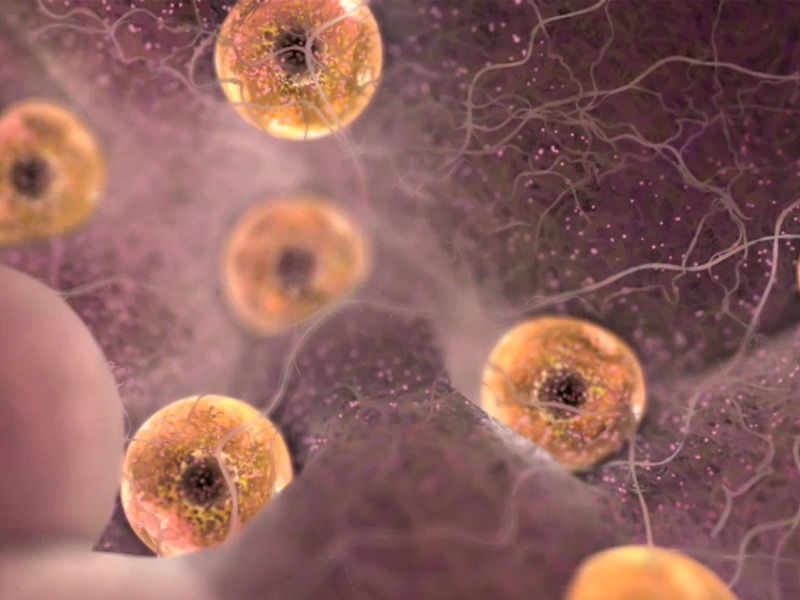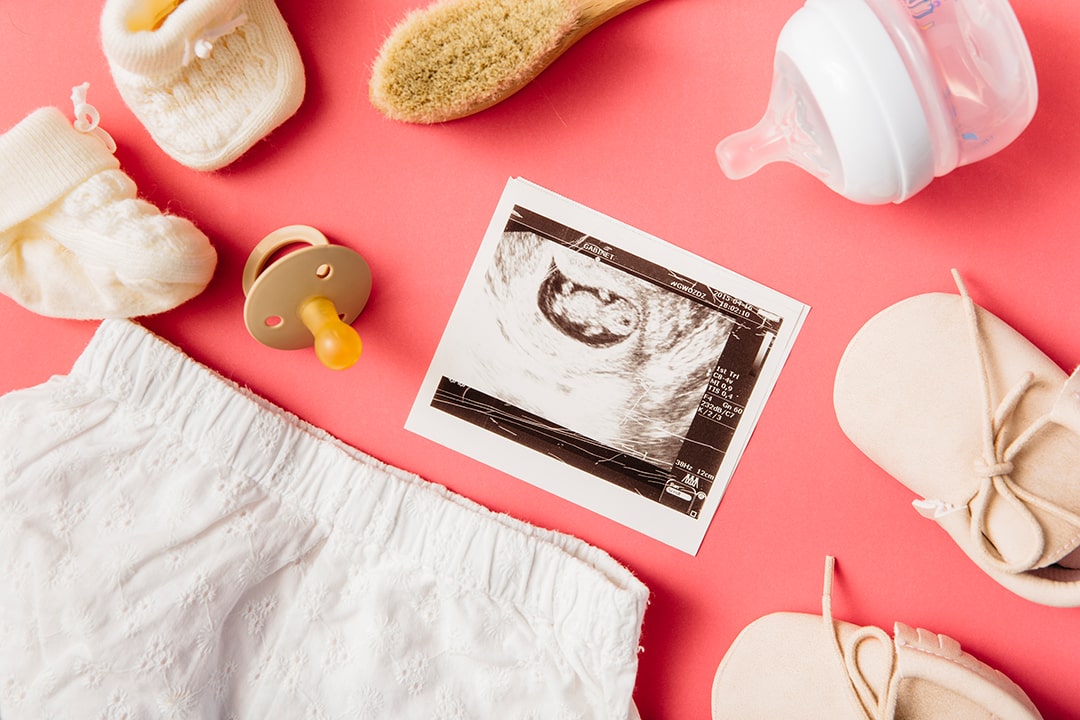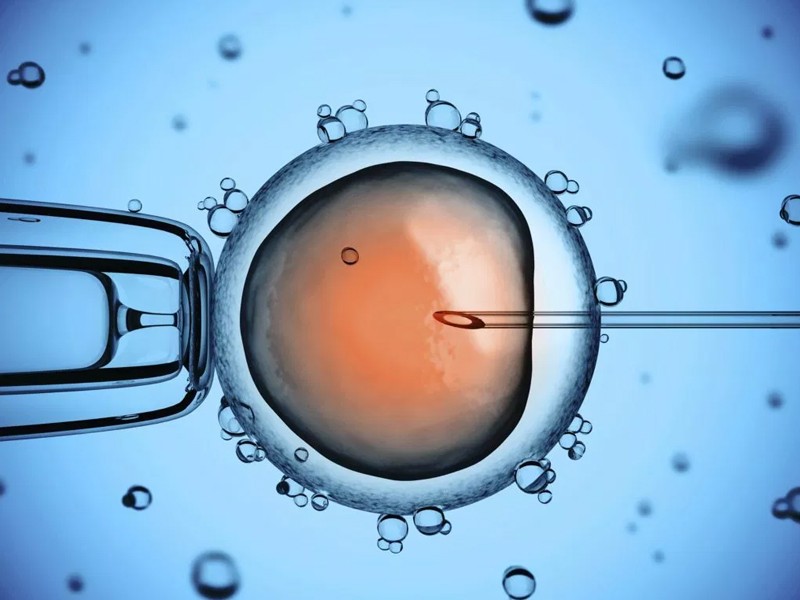Low ovarian reserve

Every woman has a certain number of eggs that are able to mature and fertilize. The ovarian count is determined during the period of intrauterine development of the female fetus. A low ovarian reserve can be caused by genetic, physiological, and medical factors.
This indicator has a significant impact on fertility. The chance of getting pregnant on your own with a low ovarian reserve is negligible. It cannot be artificially increased, but there is a chance to conceive and bear a healthy baby. This will help in vitro fertilization – IVF.
What is an egg (ovarian) reserve?
Egg (ovarian) reserve is the number of eggs ready for maturation and fertilization. It is individual, formed in utero in the 6th week of pregnancy, and is spent throughout life. With age, the reserve decreases, and by the age of 45 it becomes very small.
Oocytes (scientifically – oocytes) are located in the follicles. When puberty occurs, they begin to mature. Under the influence of pituitary hormones, 5-15 follicles begin to grow, with only one or more of them maturing (in rare cases) and ovulating in one cycle. This replenishment of growing follicles occurs continuously until menopause.
Over the entire reproductive life, women on average can ovulate 400-500 eggs, and only 15-20 are fertilized. The rest die at different stages of development. The physiological decline in the ovarian reserve begins at the age of 27-28, the process becomes more pronounced at the age of 35-40, and by the age of 45 the reproductive function tends to zero.
Reasons for low ovarian reserve
Low ovarian reserve can be either a congenital feature or an acquired factor. There are three reasons for a low egg supply:
- genetic: with the early onset of menopause in previous generations may be an early decrease in reproductive function in the patient;
- physiological: age is a natural cause of a decrease in the reserve, its gradual decrease from 27-30 years is considered the norm;
- medical: surgery, treatment of endometriosis, certain diseases, taking certain medications, radiation and chemotherapy.
Age is the most common reason for a decrease in the number of eggs ready for fertilization. When this process begins and how quickly it goes will depend on genetic predisposition, lifestyle, the presence of certain diseases.
The following diseases can lead to the premature development of ovarian failure:
- autoimmune disease;
- gonadal dysgenesis;
- diabetes;
- kidney disease;
- idiopathic infertility;
- amenorrhea;
- alcoholism;
- endocrine disorders;
- drug addiction.
Oocyte cryopreservation technologies make it possible to preserve the genetic material in order to use it to conceive a child in the future.
Diagnostic methods in preparation for IVF
Various research methods are used to determine the number of ovarian reserve. These include:
- Ultrasound diagnostics. It is carried out by a transvaginal sensor on the 2-3rd day of the cycle. This study allows you to determine the number of maturing follicles, parameters and volume of the ovaries. A woman of active reproductive age up to 35 years old should normally have at least 8-12 antral follicles ranging in size from 2 to 10 mm in each ovary. If such indicators do not make it possible to get pregnant naturally, a woman can be stimulated with hormonal drugs. This is done in order to activate the maturation of eggs ready for fertilization. If less than 8 antral follicles are found on ultrasound, this is a sign of low ovarian reserve. With such indicators, the response to ovulation stimulation is likely to be low, so the dosage of hormonal drugs in preparation for IVF is increased. If there are fewer than 5 antral follicles, the chances of an ovarian response to hormones are very low. With 13-20 follicles, a good response to small doses of stimulants is expected, but there is a slight risk of developing hyperstimulation syndrome. If there are more than 20, the risk of developing ovarian hyperstimulation syndrome during IVF is high.
- Determination of FSH (follicle-stimulating hormone) levels. The analysis is performed on day 2-3 of the cycle.A hormone concentration above 25 IU/L is critical and indicates ovarian exhaustion. If the amount of FSH is more than 17 IU / l, there may be no ovarian response to stimulation. At an amount of 10-17 IU / l, a poor response to stimulation is predicted. In these cases, IVF is recommended using donor eggs.
Indicators of 8-10 IU / l suggest a good response of the ovaries to stimulation. If the blood test shows the amount of FSH is less than 8 IU / l, then the stimulation will be successful, there is a high probability of obtaining a sufficient number of good quality eggs. - AMH (anti-mullerian hormone). Above 1.0 ng/mL, there is a high chance that pregnancy will occur naturally. If Amh is below 1.0 but above 0.2 ng/mL, the chances of spontaneous conception are reduced, since ovulation does not occur every cycle. IVF can help with this. If the amount of Amh is below 0.2 ng / ml, this indicates a low probability of becoming pregnant through simple in vitro fertilization. In this case, it is recommended to use donor eggs or an embryo donation.
- Determination of the amount of the hormone inhibin B. Venous blood should be submitted for analysis on day 2-3 of the cycle. This hormone suppresses the production of FSH, so at reproductive age during the follicular phase of the cycle, their values are inversely proportional. The norm for women during the follicular phase is 30-90 pg / ml, and ovular – 80-200 pg / ml.
A complex of diagnostic methods is used to make a diagnosis and select effective treatment regimens.
Pregnancy and low ovarian reserve
The most indicative symptoms of low ovarian reserve are infertility of unknown etiology, irregular bleeding, amenorrhea (prolonged absence of menstruation), and atrophic vaginitis. The methods of treatment mainly depend on the level of Amh, FSH and the number of follicles counted on ultrasound.
Pregnancy with low ovarian reserve is possible. Even with critical Amh indicators, it is possible to conceive a child on your own, but the probability is very small. For many women with this diagnosis, IVF becomes a chance for motherhood. The VittoriaVita clinic provides several in vitro fertilization programs. The patient can choose the most suitable and affordable option.
For a successful result, it is very important to choose the right individual IVF protocol. There are several types of them.
Japanese protocol
It is used at low levels of Amh (below 1 ng / ml) and high values of FSH (more than 15 IU / l). Minimal stimulation of ovulation with hormonal drugs with breaks is expected. The purpose of such procedures is to obtain in each cycle one or two eggs suitable for fertilization. The resulting embryos are frozen and transferred in subsequent cycles.
Natural cycle IVF
This is the most gentle protocol. Drugs to stimulate ovulation are not used or are prescribed in the minimum dosage. It is most successfully used in endometriosis.
In the case of low Amh, it is advisable to use it only with the use of donor oocytes. Otherwise, without stimulation, only one follicle matures in the cycle, where there may not be a mature egg suitable for fertilization.
With high FSH levels, this protocol also has a low success rate. Either stimulation or preliminary treatment of the disease, which led to an increase in FSH, is needed.
Short protocol with controlled ovarian stimulation
It is successfully used with a slight decrease in AMH and normal FSH levels. There are various schemes for preparing a patient for IVF according to this protocol: taking transdermal testosterone and androgens, estrogens, hCG and LH preparations, corticosteroids, hirudotherapy.
Treatment for reduced ovarian reserve may include drugs that inhibit the activity of the aromatase enzyme and lower estrogen levels in the body. They increase the sensitivity of FSH receptors in the ovaries, which improves their response to stimulation, improves the quality of the embryos.
Clinic VittoriaVita provides full support for the patient at all stages of the procedure. Artificial insemination is carried out by doctors of the highest category. The reproductologist selects the most effective treatment protocol for a particular patient, controls each stage. A pregnancy management service is also available.


